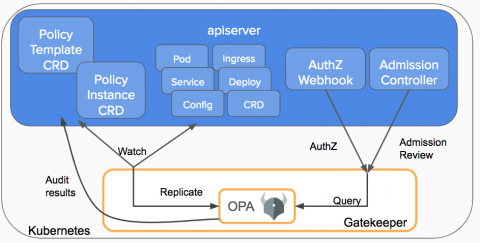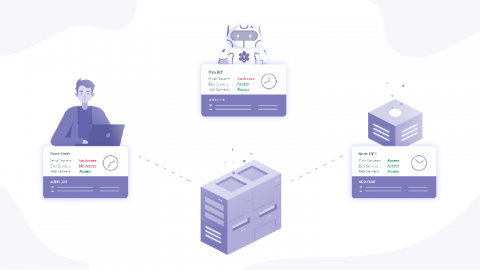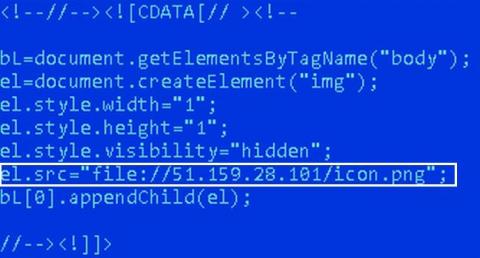Hardening Windows security: How to secure your organization-Part 3
This is the final blog of our three-part blog series on living-off-the-land (LOTL) attacks. If you missed last week’s blog, you can read it here. LOTL attacks are also known as “malware-free” attacks because your own tools are used against you, either to hide malicious activities under a legitimate system process, or to leverage genuine system activities for malicious purposes.










